He knew he wouldn’t make it. But still.
He pointed his gun and pulled the trigger.
Shots ensued. He went to the ground.
…
He was still breathing. He looked around. Met the eyes of hunters pointed at him.
They shook their heads. Their heads, just fading away as he felt his consciousness leave him.
Then, it all went black.
…
Years ago, we were playing a table top roleplaying game with friends. I was the game master, in charge of the story and arbitrating the game.
One player got himself in a tight spot. He was surrounded by hunters in a small village in France. And they were not joking.
Everyone was armed. The hunters had asked him to drop his weapon. He took the desperate decision to shoot at them…
It was a dramatic situation. One I still remember more than 20 years later.
Roleplaying games can be intense. And they all take place in your head, a pure fruit of your mind.
Now, imagine you could be transported right into the middle of that game we played 20 years ago. And literally see and experience that imaginary world. And those hunters around you.
What would you have done? Shot at them?
If you want to get that experience, there’s good news for you! Vanishing Realms gives you just that.
(B)Link and You’re There
Vanishing Realms is a VR game. It transports you to a fantasy realm, where you explore unknown territory and encounter all sorts of enemies.
To picture the experience, imagine you’re transported right into a Zelda game, playing Link himself. Got the picture? Now you see what Vanishing Realms is all about.
And thanks to VR, you now feel completely present in the world. Intuitive motion controls complete the picture to give you your Zelda experience.
The Experience
Here’s a glimpse of what you go through. You can watch the video below to get the visual experience.
You start in a room, in a dungeon. You don’t know who you are and how you got there, but there you are.
You look around.
There’s a sort of platform nearby. On the platform, a chalice on a pedestal. In it, a Gem of Regeneration. And around it, coins.
You collect all of them. Just in case. And they’re shiny anyway!
You press on, exploring your environment. Oh, there’s a handy torch here! Let’s pick it up to light your way.
You keep going, avoiding traps, until you find the first weapon you can buy: a sword (I knew these coins would come in handy!).
You carry on and stop in your track. In front of you… a skeleton is emerging from a pit! He’s huge and it leads to an epic fight!
I never use that word, but here I’ve got to. That first fight was an “awesome” experience!
The rest of your adventure you’ll be discovering the world, indoor and outdoor. And you’ll find and fight your way through to the end.
The Mechanics
Here’s how the gameplay works.
You can move around through a teleporting system. You point to where you want to go with the motion controls and click to confirm the movement.
Also, since it’s an HTC Vive experience, you can walk around the universe thanks to room scale positional tracking.
All interactions use motion control. It’s an intuitive experience. You’re physically interacting with the world.
To defend yourself you have access to a panoply of weapons: swords, axes, halberd, shield, bow, magic wand,… You’re swinging your sword to attack in melee, parrying with your shield. Or firing arrows or fireballs from the distance, while dodging arrows coming at you, hiding behind walls.
You’re fighting for your life!
Storytelling is limited. That’s okay. The unique gameplay and experience make up for it.
Now, it’s all well and good to talk about the fun I’ve had with Vanishing Realms. But what did it teach me on how to build a great VR experience?
Let me tell you.
Lessons Learned
The game is pretty impressive when you consider that a single indie developer built it. It shows you how far you can go with modern tools and experience!
Here’s the first lesson. Intuitive gameplay is important in VR.
Since VR is so immersive, intuitive controls and interfaces are important. Natural interactions and controls are what we’re looking for. Why?
Because VR is not a video game you’re looking from afar on your 2D TV. Here, you’re in the middle of the game.
That means your intuition takes over and you want to behave like in the real world. Anything that is at odd with real world physics is likely to break the immersion.
Vanishing Realms demonstrates how to implement intuitive gameplay in a brilliant way!
You pick arrows from your back, notch them, pull the string, aim and fire. Your raise your shield to protect yourself by raising your arm. You swing your arm to hit enemies with your sword. It all comes to you naturally.
The only thing that’s not intuitive is moving around, since you use a teleporting system. You aim at where you want to go and click to teleport there. It’s one of the limitations of VR we have to deal with today… And here’s the explanation.
When you move in VR using an analog stick, like on a console, you get motion sickness. Why? Because your eyes see the picture moving while your inner ear doesn’t feel any movement.
The mismatch makes you sick. It’s an evolutionary reflex telling you “If you see your environment moving while your body is still, you might have been poisoned. You should throw up to get rid of it”.
I guess we’ll have to live with this limitation until we have more satisfactory solutions for moving around naturally in VR.
Now, let’s discuss interfaces.
Today, there’s almost as many different interfaces as they are VR apps. Which is a shame. But that’s what happens when everyone is trying to figure out UX/UI in VR.
Here, the interface is on your body, and it just works. You can put away your weapons and objects by dropping them near your belt. And access your inventory, to pick up objects, in a similar fashion.
It takes a little bit of getting used to. You’ll get things wrong a few times when you’re trying to change your weapon in the middle of a fight. Otherwise it works well.
Interfaces will evolve over time, until we settle on a few standards. In the meantime, I take notes of what works and what doesn’t, as inspiration. And you should, too.
Finally, let’s talk about graphics. Graphics are an important part of VR. And it’s not as straight-forward as you might think.
Because of current hardware limitations, creating a photo-realistic VR experience isn’t an option today. And here’s the thing.
When your graphics are close to photo-realistic, but not close enough, you encounter what we call the Uncanny Valley.
And because of the feeling of presence, the uncanny valley is even more creepy in VR than in traditional video games. In short, you’ll want to stay away from photo-realistic graphics.
Cartoony and stylized graphics work well in VR. And the graphics in Vanishing Realms are cartoony, which is an ideal fit. What’s also key is the feel you get from the environment, the animation and level design.
The animation is not high-end here, but works well nevertheless. And the level design, while not perfect, is clear. You go through separated and recognizable sections as you explore levels.
The environment is believable, fantasy like and pleasant.
The VRenaissance
VR is flourishing. People are experimenting, trying novel approaches to game design or entirely new categories of apps. It’s brilliant to see it happen and be involved in it!
Today, you too can experiment.
But one thing I’ve learned from trying these different VR experiences is that sticking to some true and tested principles pays off.
When you design a game, you still need to provide a compelling experience. Either the gameplay or the story or both are top notch or your VR game won’t stand out.
Vanishing Realms focuses more on the gameplay and the atmosphere that the story. This is a viable option. Especially now, as people are not demanding as much from VR as they might from highly polished 2D games.
Today, only a few big companies have gone full speed on VR. So, a lot of the games and content come from indie developers.
When you don’t have a big team or much money, going back to basics and focusing on the gameplay is a good idea. If you can provide a fun and immersive experience, you will already have achieved a lot. That’s no easy task.
Vanishing Realms goes further with good level design and graphics that bring a unique atmosphere to the world. I mean, who hasn’t dreamed of playing Zelda in VR?
If you’ve got a Vive, have you checked out Vanishing Realms yet? If not, why are you still reading this? Go and check it out now!
And when you join, you get a FREE guide: 8 Tools & Resources Every New VR Creator Needs, so you can start building your first product today
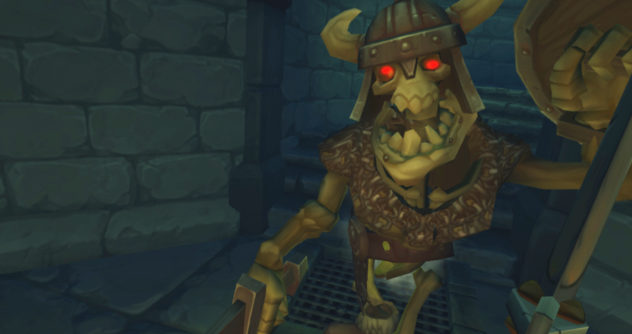
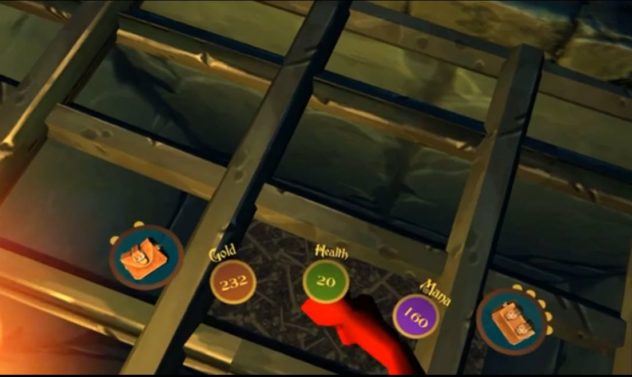


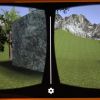


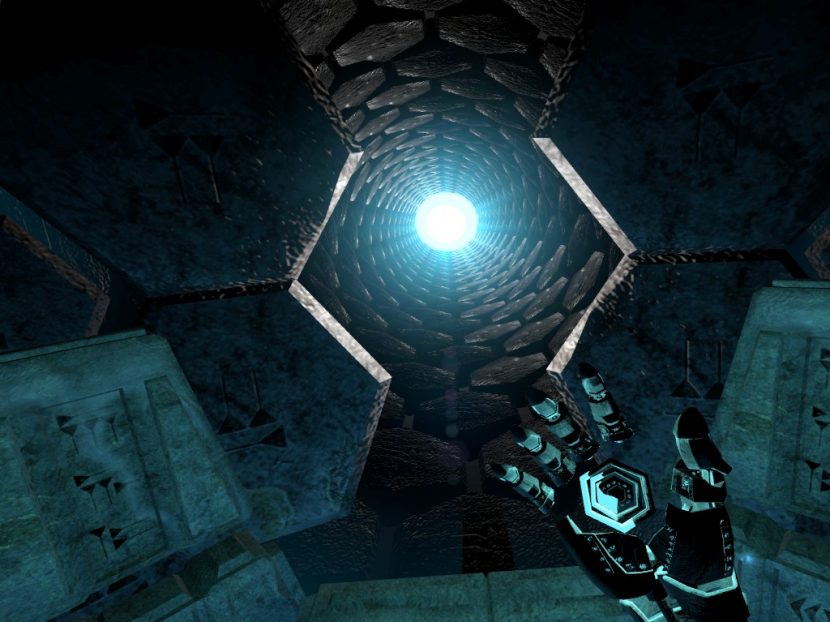
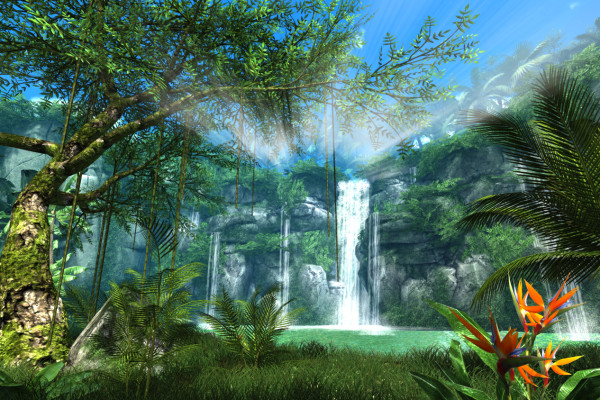
Please share your comments